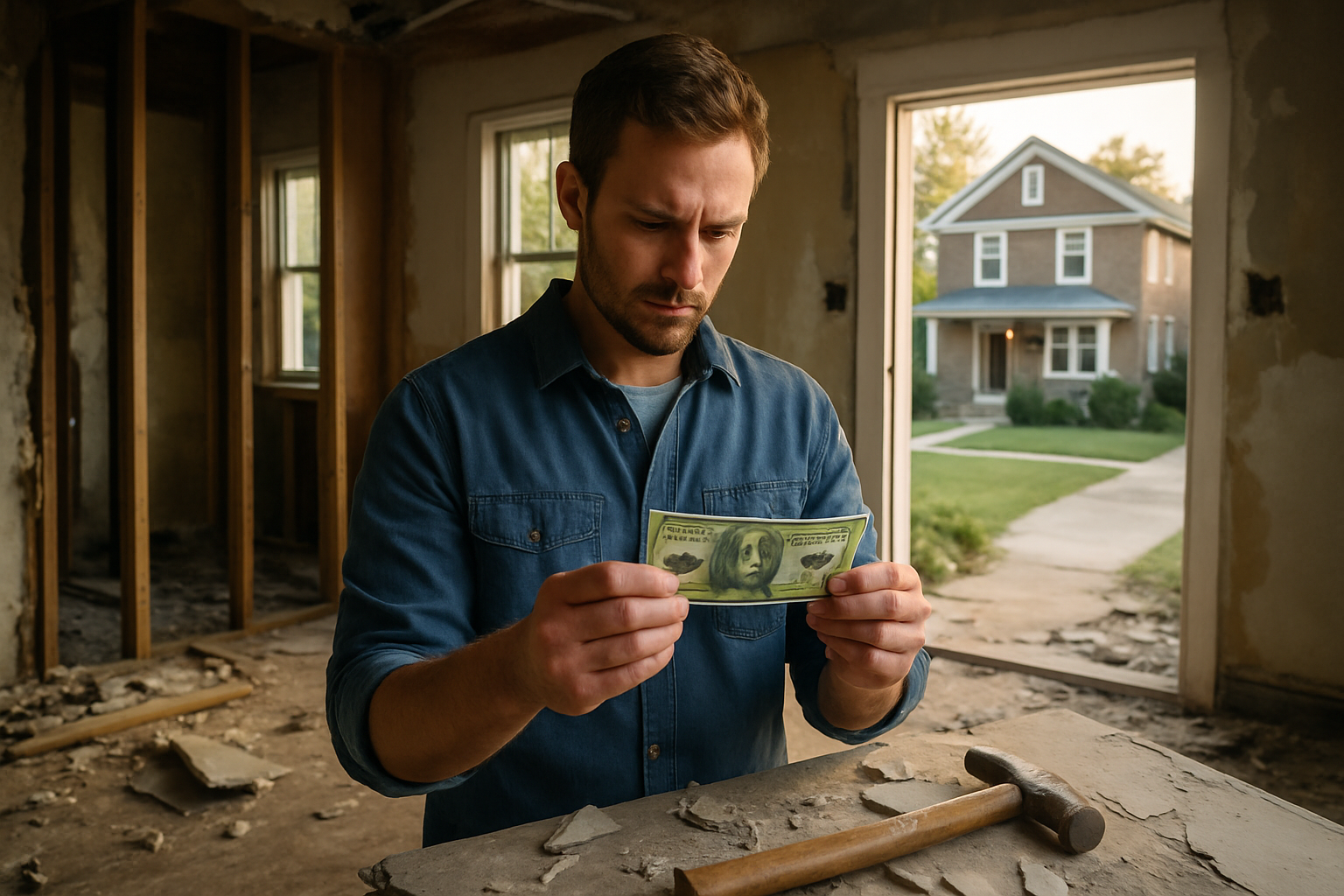Window replacement work: scope, planning, and professional standards
Window replacement is a common home and commercial project that involves more than swapping glass. Whether dealing with a single unit or a multi-window retrofit, the work combines measurement, material selection, waterproofing, and finishing to restore weather protection and thermal performance. Proper planning reduces risks such as water intrusion, air leakage, and aesthetic mismatch with the surrounding façade. This article explains what window replacement work typically includes, how it affects a house or business property, the connection with door installations, and how to assess qualified professional services in your area.

What does window replacement involve?
A typical window replacement project begins with an on-site assessment and precise measurements. The process may be a full-frame replacement (removing the entire window assembly and frame) or an insert/retrofit (replacing the sash within the existing frame). Key steps include removing old materials, preparing the opening, installing flashing and weather barriers, setting the new window plumb and level, sealing gaps with appropriate insulation and sealants, and finishing the trim. Different window types—double-hung, casement, fixed, or sliding—require specific handling. Attention to flashing and seals is crucial to prevent moisture and air infiltration after installation.
How does replacement affect a house?
For a house, window replacement impacts energy efficiency, comfort, and long-term maintenance. Modern glazing and frame materials can reduce heat transfer and lower HVAC loads, while proper installation prevents drafts and water damage that lead to rot or mold. The work may require temporary disruption inside rooms, protection of floors and furniture, and coordination with other trades if trim, siding, or interior finishes are affected. Structural issues around the opening sometimes reveal themselves during removal; addressing those promptly preserves the building envelope. Homeowners should consider how new windows will align with the house’s exterior and interior finishes.
What should business owners consider for replacements?
For a business property, scheduling and code compliance take on added importance. Commercial buildings often use larger glazing systems, storefronts, or curtainwall assemblies that require specialized handling, engineering input, and adherence to local building codes and accessibility standards. Minimizing operational downtime, managing security during work hours, and coordinating deliveries and staging can reduce impact on customers and staff. Commercial projects may also involve energy code upgrades or requirements for glazing performance; business owners should ensure specifications meet regulatory and insurance expectations while documenting warranties and maintenance responsibilities.
How are doors related to window replacement projects?
Doors and windows share many installation details—flashing, thresholds, insulation, and trim—and are often replaced together to ensure consistent performance and appearance. Patio doors, French doors, and entry doors have specific thresholds and weatherstripping concerns that influence adjacent window installation methods. Proper integration of door and window flashings prevents water from tracking into wall cavities. A cohesive approach to doors and windows can improve thermal continuity and security, while selecting compatible hardware and finishes helps maintain a unified look for both interior and exterior elevations.
Who is a qualified professional for this work?
A qualified professional for window replacement will hold appropriate licenses where required, carry liability and workers’ compensation insurance, and provide written estimates and timelines. Look for contractors who can document manufacturer training or certifications for specific window systems and who offer clear warranty terms for both products and installation. Local services that handle permits and inspections demonstrate familiarity with regional codes. References, a visible portfolio of recent projects, and transparent communication about materials and installation methods help ensure that the chosen professional follows industry best practices and protects the property owner’s investment.
Conclusion
Window replacement work spans technical installation, building-envelope considerations, and coordination with surrounding building elements such as doors and trim. Properly executed projects improve weather resistance, energy performance, and visual cohesion for both houses and business properties. Assessing materials, detailing flashing and seals, and verifying that a professional has the necessary credentials and processes reduces the risk of future problems. Thoughtful planning and clear specifications make replacements more predictable and help preserve the function and appearance of the building envelope.






